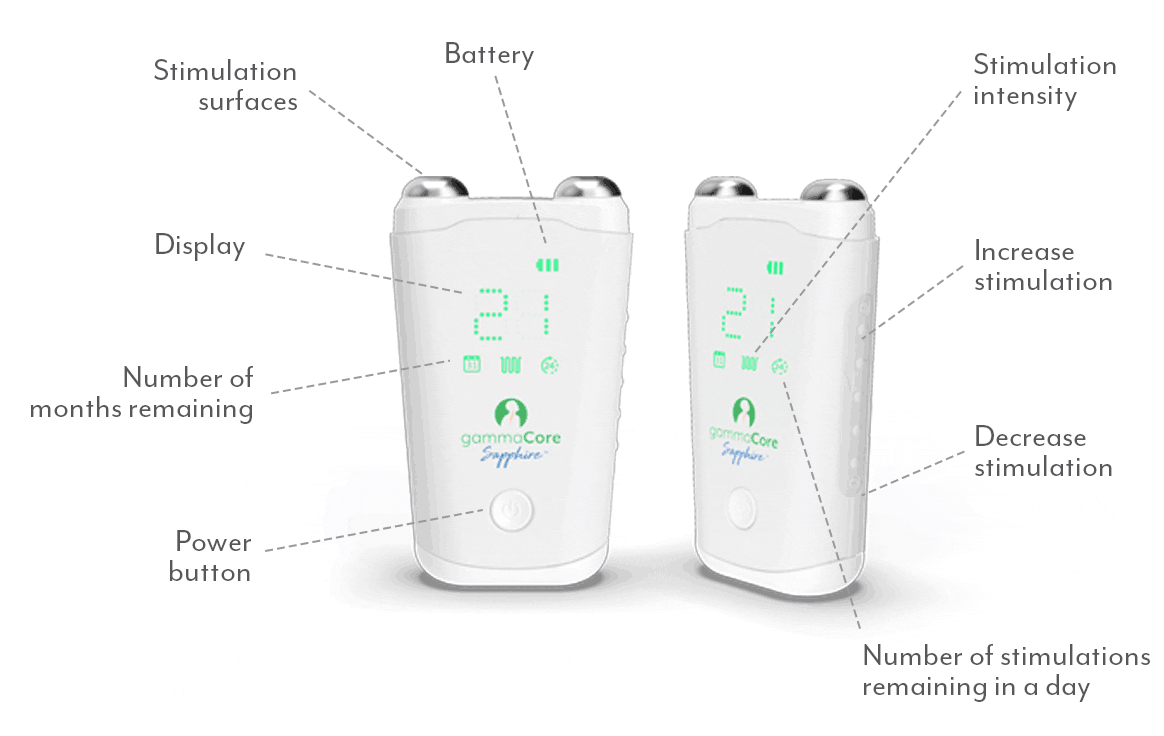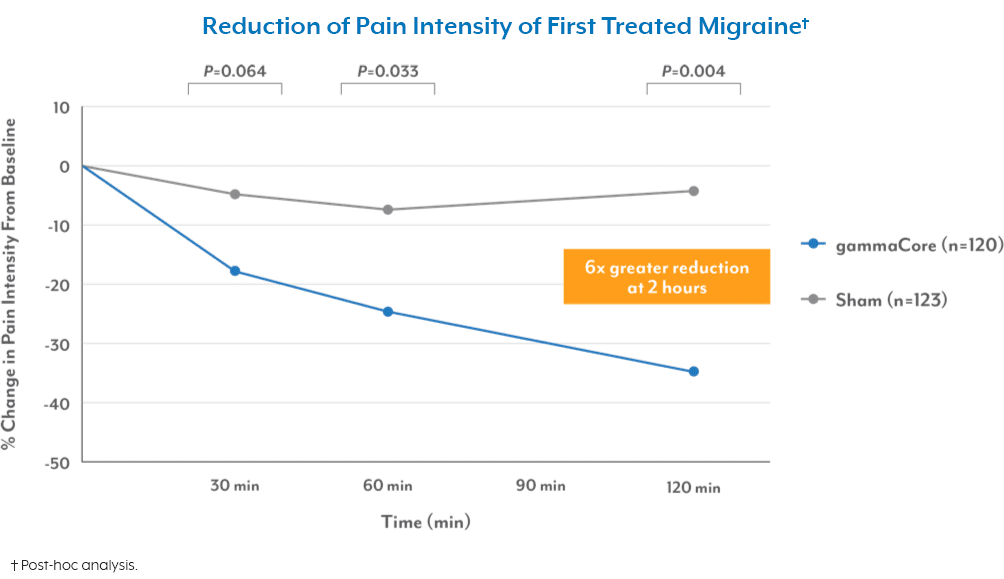
Approximately 13 million Americans navigate the challenges of post-traumatic stress disorder (PTSD) every year, according to the National Center for PTSD. It is a condition that doesn’t just impact the mind but often takes a toll on the body as well. For many, the burden of PTSD comes with physical symptoms like debilitating headaches—an unwelcome reminder of the connection between trauma and chronic pain.
Imagine enduring pounding headaches triggered not just by stress, but by memories or moments tied to past trauma. If that sounds familiar, keep reading. PTSD headaches are a silent struggle for countless individuals, and understanding their causes is the first step toward finding relief.
What Are PTSD Headaches? The Connection Between Trauma and Pain
PTSD headaches can feel like the physical embodiment of an emotional wound, leaving those who experience them grappling with both past trauma and present pain.
These headaches often arise when the body’s natural fight-or-flight system goes into overdrive. Trauma-induced headaches occur because your body stays “on alert,” even long after the threat is gone. As a result, your:
- Muscles tighten.
- Stress hormones surge.
- Nervous system remains hyperactive.
All of these physiological changes can spark persistent pain. For someone living with PTSD, these headaches can be triggered by anything from loud noises to a sudden memory—or even seemingly out of nowhere.
Can PTSD Cause Migraines? The Link Between PTSD and Chronic Pain
It’s no surprise that PTSD and migraine often go hand-in-hand. When your body feels trapped in survival mode, it affects your nervous system in ways that can lead to debilitating migraines.
These aren’t your typical “skip coffee, get a headache” moments. PTSD migraines are a perfect storm of:
- Stress
- Sleep disruptions
- Sensory overload
Stress builds up when you’re constantly on edge. Add disrupted sleep, a hallmark of PTSD, and the body becomes even more vulnerable to chronic pain.
Migraines tied to PTSD often share triggers with other symptoms, including:
- Bright lights that feel blinding.
- Noises that are overwhelming.
- Cascading tension set off by even the smallest frustration.
It’s an exhausting cycle—one that many people living with PTSD understand all too well.
Finding PTSD Headache Relief: Options That Work
If you’ve ever experienced the frustration of a headache that just won’t quit, you know that relief isn’t one-size-fits-all. Finding what works can take time, but the right tools make all the difference.
Consider:
- Deep breathing
- Meditation
- Journaling
- Yoga for migraines
Practices like these can help calm the mind, which can ease the physical tension that contributes to trauma-induced headaches.
For a more targeted solution, gammaCore™ non-invasive vagus nerve stimulator (nVNS) offers a way to address the root of the problem. Unlike medications that just dull the pain, this portable handheld device stimulates the vagus nerve—a key player in regulating stress responses.
The best part of gammaCore nVNS is that it’s:
- Easy to use.
- Non-invasive.
- Provides fast relief for PTSD headaches and migraines alike.
With just a few quick treatments, many find it easier to face their day without the constant interruption of pain.
Reclaim Your Life from PTSD Headaches
PTSD headaches don’t have to dictate your day. Relief is possible, and tools like gammaCore can help. Take the first step toward managing your PTSD headaches and reclaiming your peace of mind.
To see if gammaCore is right for you, visit our clinic finder to locate a health care provider near you, or contact our dedicated Customer Experience team at 888-903-2673 or customerservice@electrocore.com.



